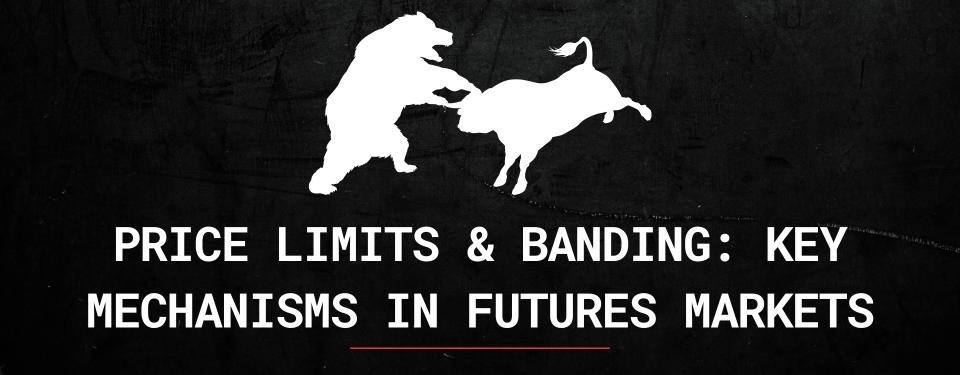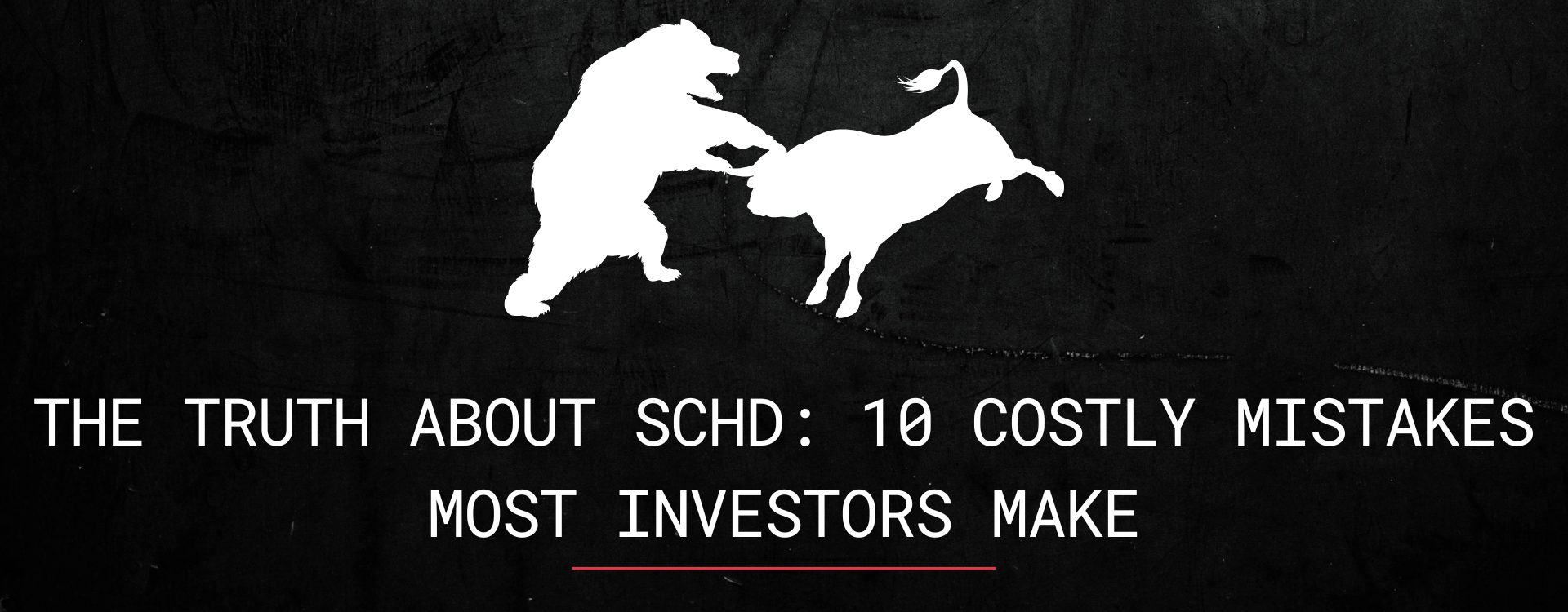What do price banding and price limits mean?
Knowing that there are safeguards in place to maintain an orderly market is important to traders. A regulated marketplace, like CME Group, which establishes price ceilings and price bands, is the one who provides this order.
Price Caps
The maximum price range that a futures contract may have during a trading session is known as the price limit. These price caps differ from product to product and are expressed in ticks.
Depending on the goods being exchanged, several things happen when markets reach the price limit. Certain markets might come to a temporary stop until price limitations are increased, or depending on regulatory guidelines, trading might be suspended for the day.
The price limit restrictions for various futures contracts will vary; for example, the rules for agricultural futures and equity index futures are not the same.
As an illustration
In the case of Equity Index futures, there are specific price limits in place. During overnight trading, these futures have a 7% limit up and limit down. Additionally, the market has three levels of expansion: 7%, 13%, and 20%, to the downside.
If the market hits any of these levels, trading may halt, and the price will either move limit up or limit down.
This mechanism helps traders by creating boundaries that prevent excessive losses or gains within a short period.
However, it’s important to note that price limits are flexible and can be adjusted based on market conditions.
How to Determine Price Limits
Price ceilings, or limits, are reset daily and apply to every trading day. The exception lies in certain physically-deliverable markets, where the price limits may be removed before contract expiration.
This removal allows futures prices to converge with the actual price of the underlying commodity, ensuring accurate pricing as contracts near settlement.
A notable difference can be observed between agricultural futures and equity index futures. Agricultural futures tend to move more frequently in one direction, often hitting the limit up or limit down.
In contrast, equity index futures rarely reach these extremes due to the more regulated nature of these markets.
underlying commodity.
When compared to Equity Index futures, which hardly often, if ever, go limit up or down, Agricultural futures typically move in one direction only: up or down.
It is critical to understand price restrictions and the processes that take place when limits are reached when trading a particular product.
Traders are also aware that limitations could be reached for multiple sessions in a row; however, this has been less common as limit thresholds have increased in recent years.
Sign up with Tastytrade and join FREE our Discord Group

Banding of Prices
In order to keep markets orderly, a similar system called price banding validates all orders based on price and rejects orders that fall outside of the designated range.
For every product, bands are dynamically determined using the most recent pricing, plus or minus a predetermined band value.
As a result, price bands dynamically adapt to new trading ranges in the event that markets move swiftly in one direction.
The Role of Price Banding in Market Stability
Price banding is particularly useful during fast-moving markets, where prices can quickly rise or fall. By rejecting out-of-range orders, the system ensures that no trade is executed at an unreasonable price. This maintains the integrity of the market and helps prevent panic selling or buying, which could further exacerbate volatility.
In summary
It is noteworthy that traders have the ability to execute trades that exceed the daily price limitations. When price bands and price limitations shift inside the designated range, these trades will be carried out.
Thus, traders can still place good-til-canceled or good-til-date orders both inside and outside of daily price constraints.
Although there have been fewer and fewer instances in the past few years of markets truly moving limit up or down, it is still crucial to be mindful of these pricing principles when trading.




